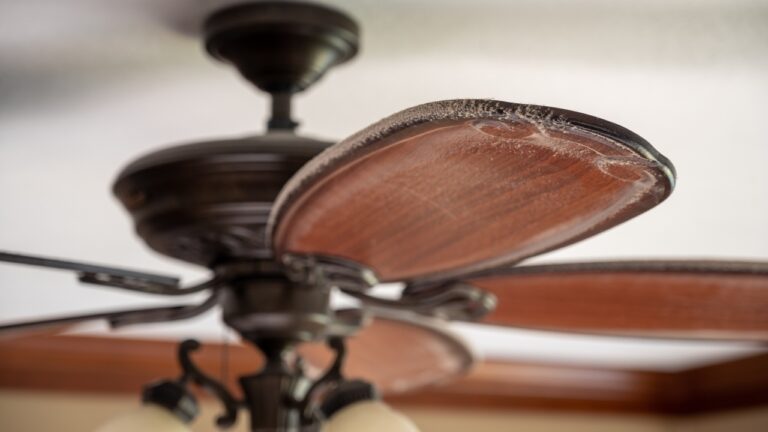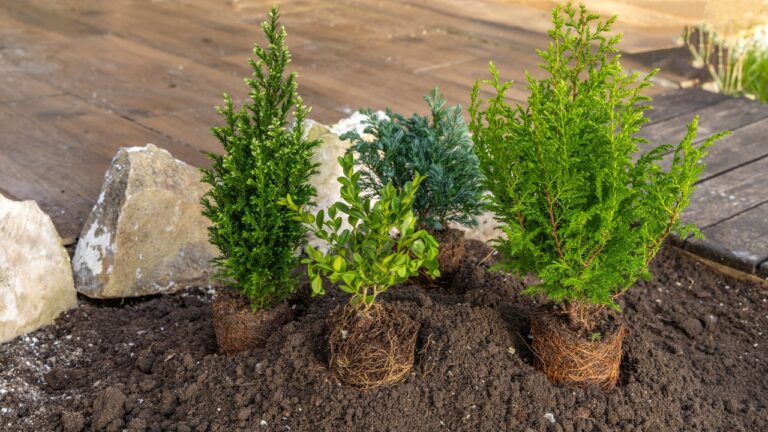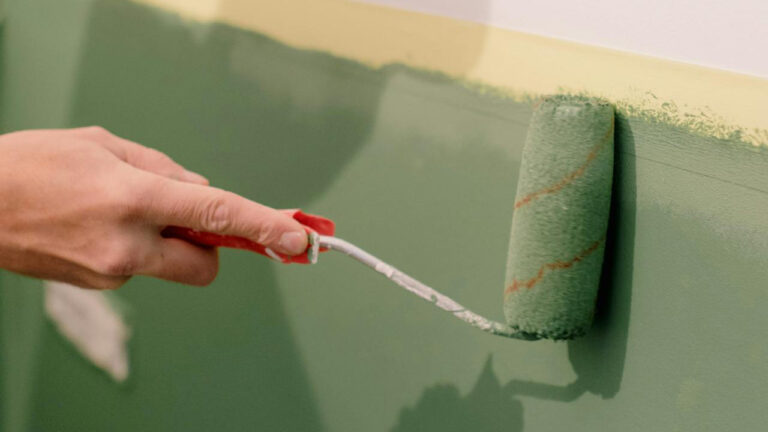What to Know Before You Put a Driveway on Raw Land
Putting in a driveway sounds easy—until you’re staring at raw land that’s never seen a vehicle. There’s a lot more to it than scraping some dirt and tossing down gravel. The type of soil, where the water goes, and how heavy your vehicles are all matter more than most folks realize.
If you want a driveway that holds up over time and doesn’t turn into a muddy mess after every storm, here’s what you need to think through first.
You Might Need a Permit to Get Started

Even on rural land, a driveway often requires a permit—especially if it connects to a public road. Counties want to make sure it won’t affect drainage, road safety, or nearby property access.
Call your county office before you start digging. If you skip this step, you might be forced to tear it out or pay extra fines. Some areas even require a site inspection before they’ll approve your culvert or road placement.
Drainage Makes or Breaks the Whole Thing
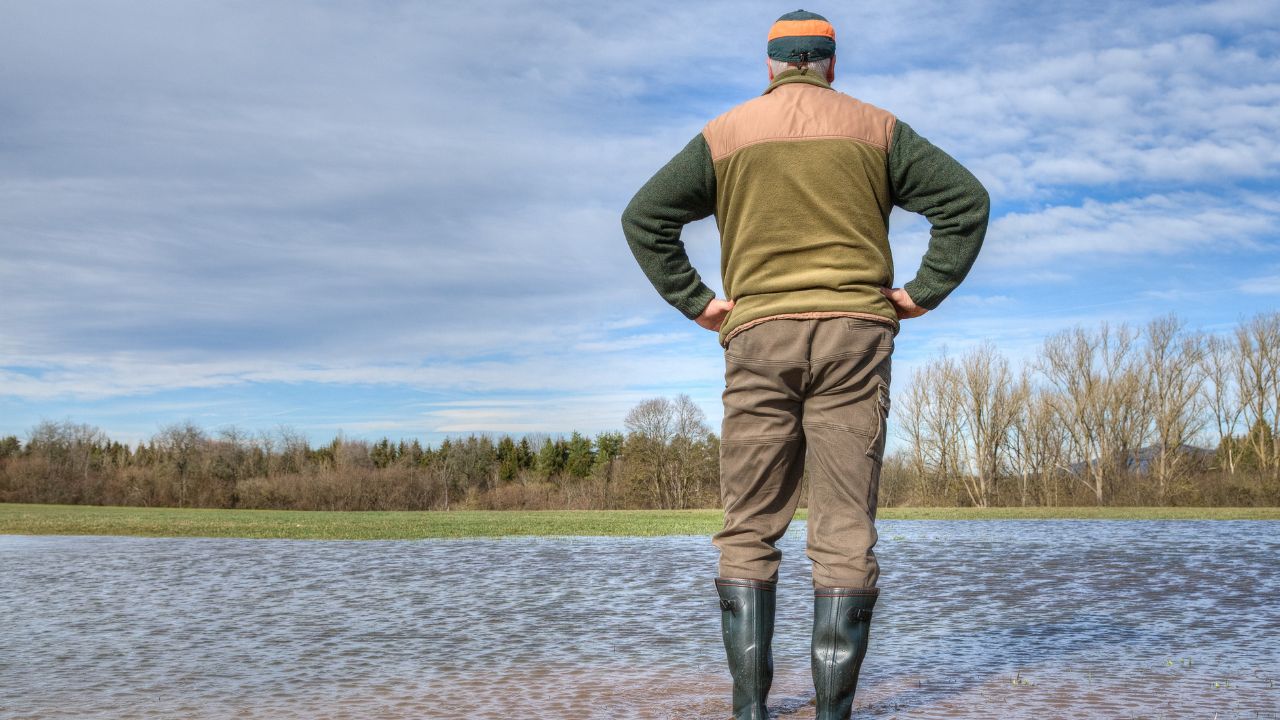
If your driveway doesn’t drain properly, it’s going to wash out, rut up, or turn into a swamp. Planning for water flow is more important than picking gravel or hiring a dozer.
You may need a slight crown, ditches on each side, or a culvert under the entrance. Skipping these can wreck the whole driveway after a heavy rain. A good contractor will build for runoff, not just looks.
You’ll Need a Culvert at the Entrance

Most rural driveways need a culvert where they meet the road, especially if there’s a ditch or drainage line running alongside it. That’s to keep water moving underneath instead of pooling or flooding the road.
You usually have to install this before laying down any gravel. The county might tell you what size pipe to use, and they may even require a specific type like corrugated steel or double-wall plastic.
The Base Layer Matters More Than the Top

You can’t build a solid driveway on soft dirt. It needs a compacted base—typically a layer of large crushed rock like 3-inch or 4-inch. That gives it structure and keeps your top layer from sinking in.
If you skip the base layer or use the wrong material, your driveway won’t hold up. You’ll be dealing with deep ruts, standing water, and wasted money on redoing it later.
Access for Trucks and Trailers Takes More Room Than You Think
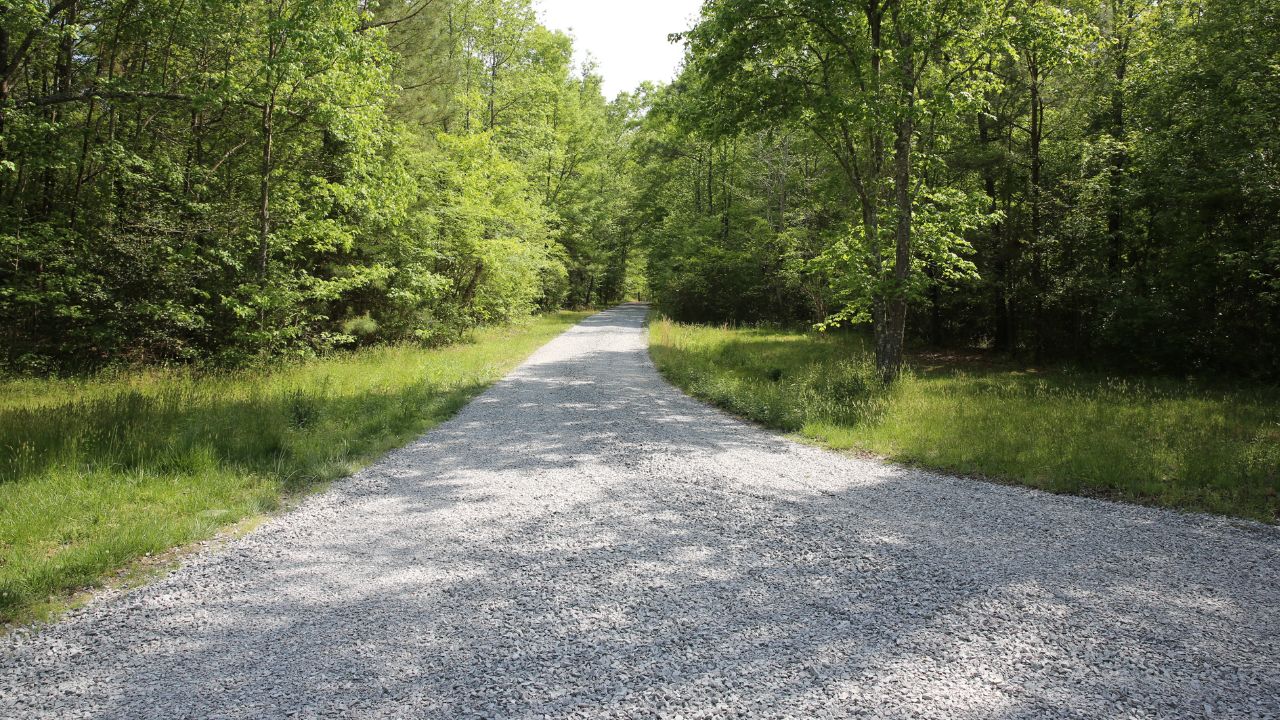
What looks wide enough for a car might feel way too tight when you’re pulling in with a trailer, skid steer, or delivery truck. Turns need to be wider, and entrances need more visibility.
Make sure your driveway is wide enough for whatever vehicles will actually use it. If you plan to build later, think ahead to how concrete trucks or moving vans will access your site.
You Can’t Skip Compacting
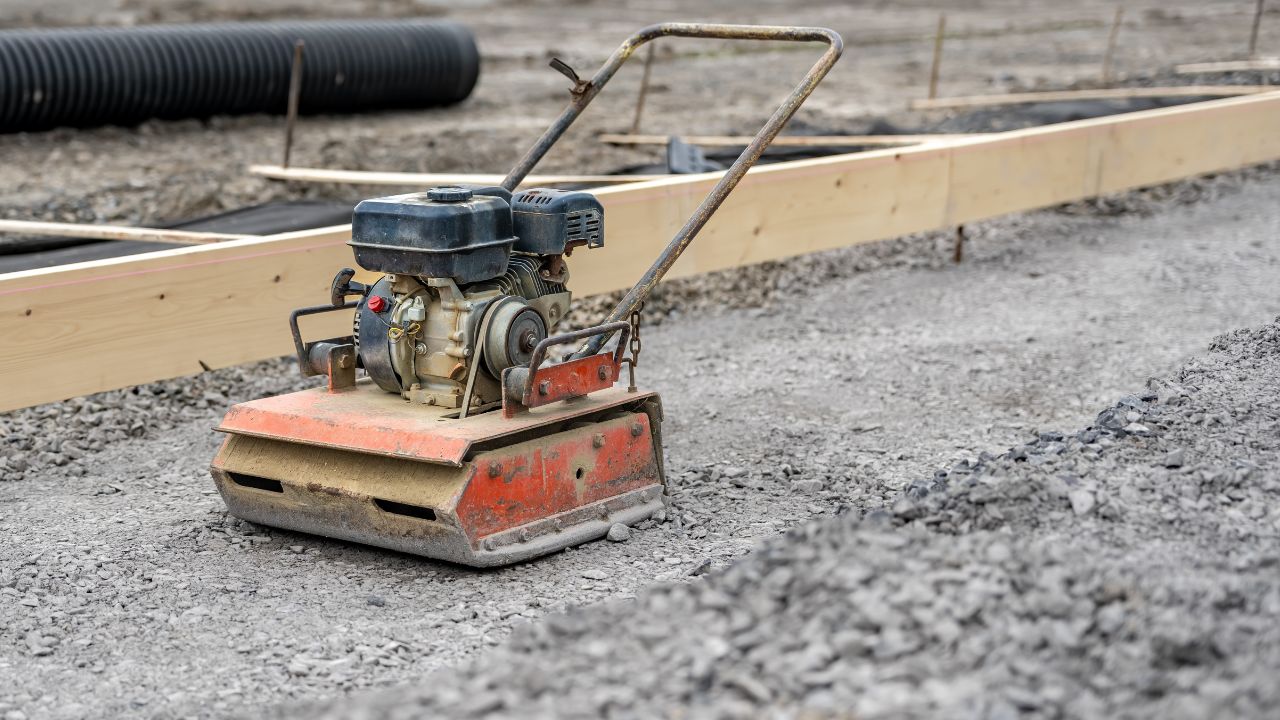
Dumping gravel and spreading it around isn’t enough. If you don’t compact each layer—especially the base—it’ll shift and settle unevenly. That’s when potholes and washouts start popping up.
A roller or vibratory plate compactor helps pack everything down tightly. Even if you’re doing it DIY, don’t skip this part. It’s what makes the difference between a driveway that lasts and one that falls apart.
Soil Type Changes Everything

Some soil types—like clay or sandy loam—aren’t great for driveways. Clay holds water and turns slick, while sand shifts under pressure. Both need more prep before you can build on them.
You may need to dig deeper or bring in extra base material. In some cases, a geotextile fabric is added between the soil and rock layers to stabilize everything. Knowing your soil helps you build it right the first time.
You’ll Need to Refresh It Over Time

Even the best-built gravel driveway needs maintenance. Over time, rain spreads the gravel, ruts start forming, and weeds creep in. Expect to re-grade it every year or two and add fresh gravel as needed.
You might also need to re-compact sections or fill in low spots. It’s not a set-it-and-forget-it project. A little upkeep goes a long way in keeping it functional and looking decent.
You’ll Want to Mark the Edges
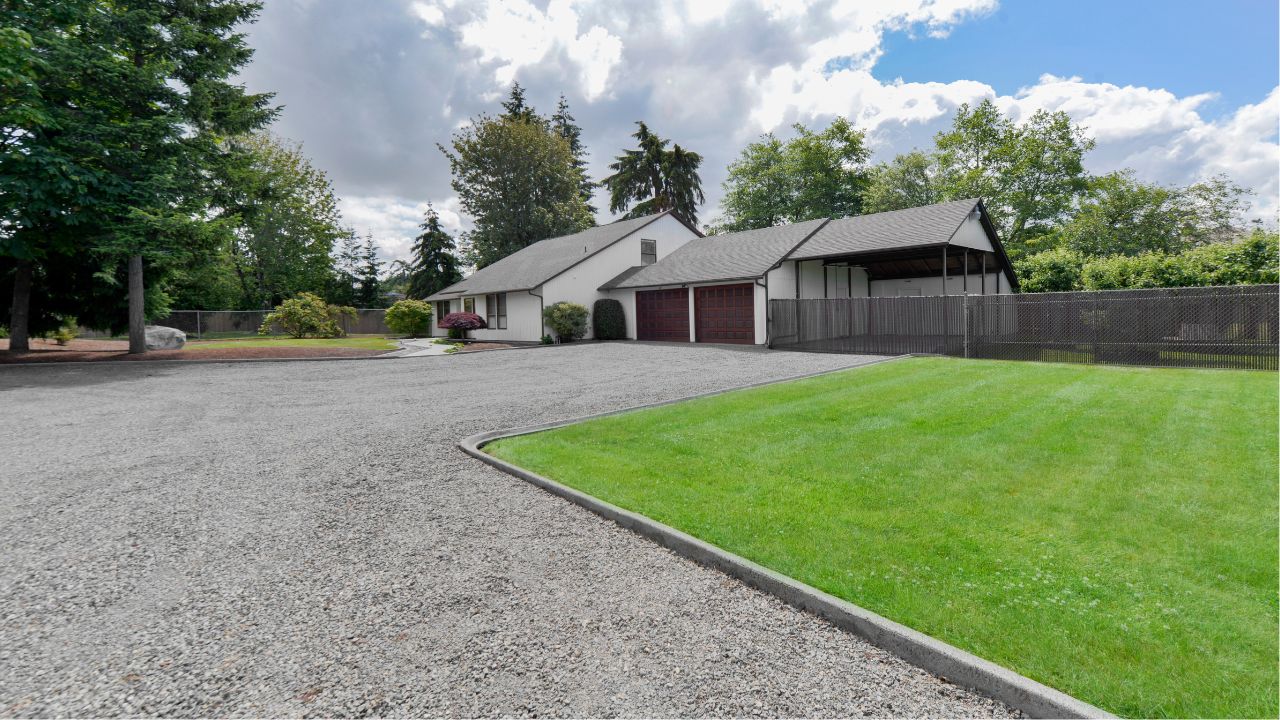
Gravel driveways tend to spread out over time. Without clear edges, it’s easy to lose the shape or end up with rock scattered into your yard. That makes mowing harder and looks messy.
You can use landscape timbers, concrete curbing, metal edging, or even large rocks to keep it contained. It helps visually, but it also keeps you from accidentally widening it every time you drive in.
It’s One of the First Big Costs on Raw Land
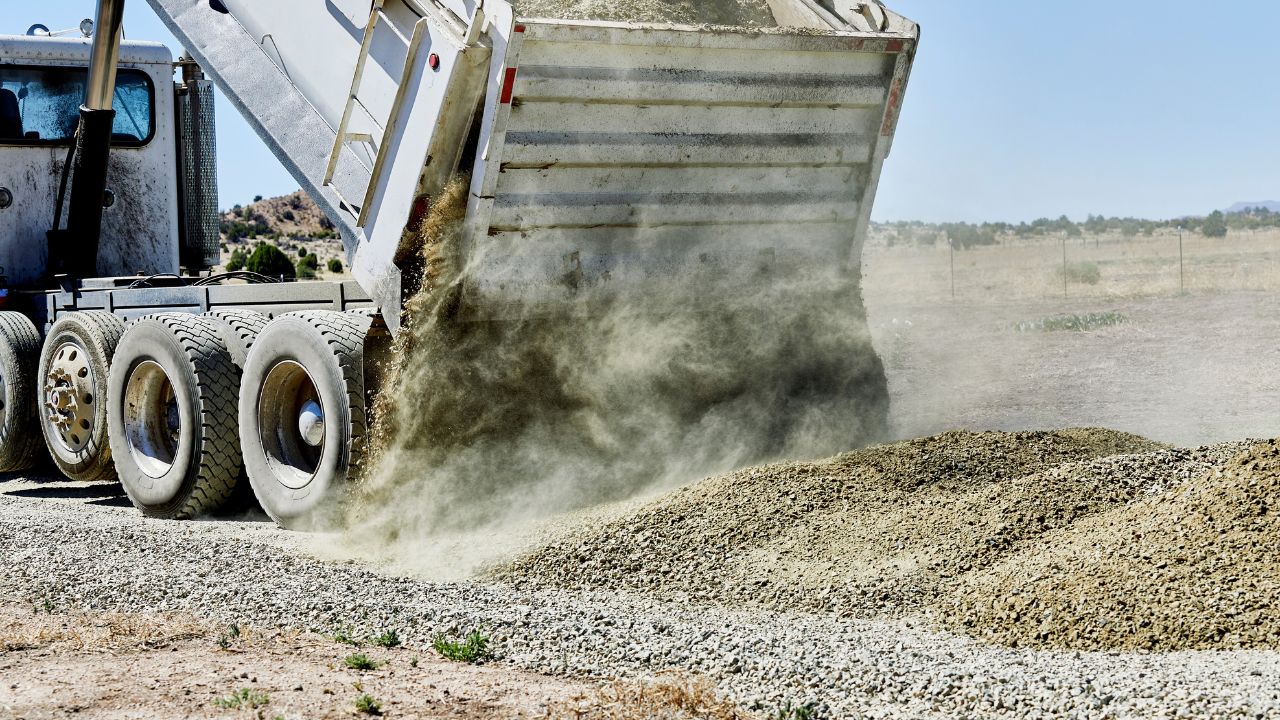
Driveways aren’t cheap, even if you’re doing the work yourself. Between equipment rental, materials, and hauling fees, you’re probably looking at several thousand dollars minimum.
But if you’re moving anything onto your land—like a mobile home, shed, or supplies—it’s one of the first things you’ll need. Don’t underestimate the price tag or the time it takes to do it right.
*This article was developed with AI-powered tools and has been carefully reviewed by our editors.


